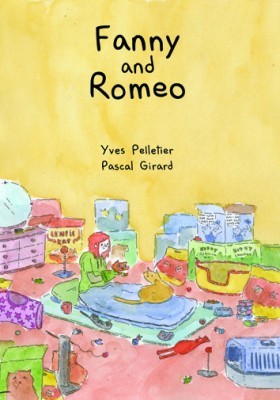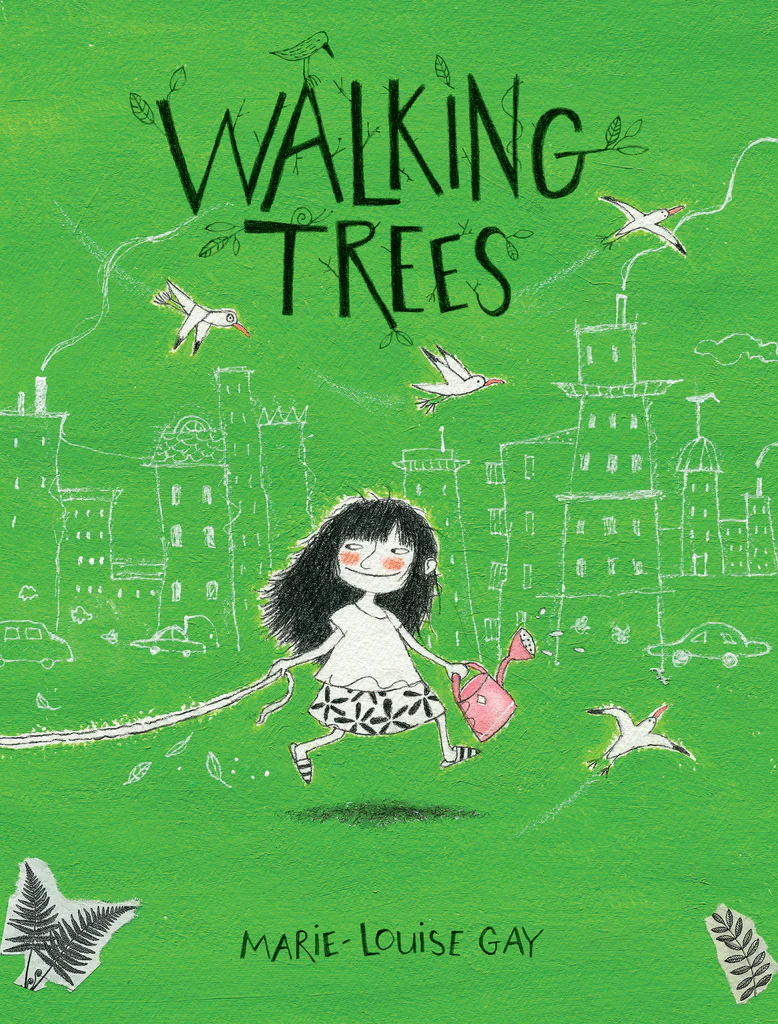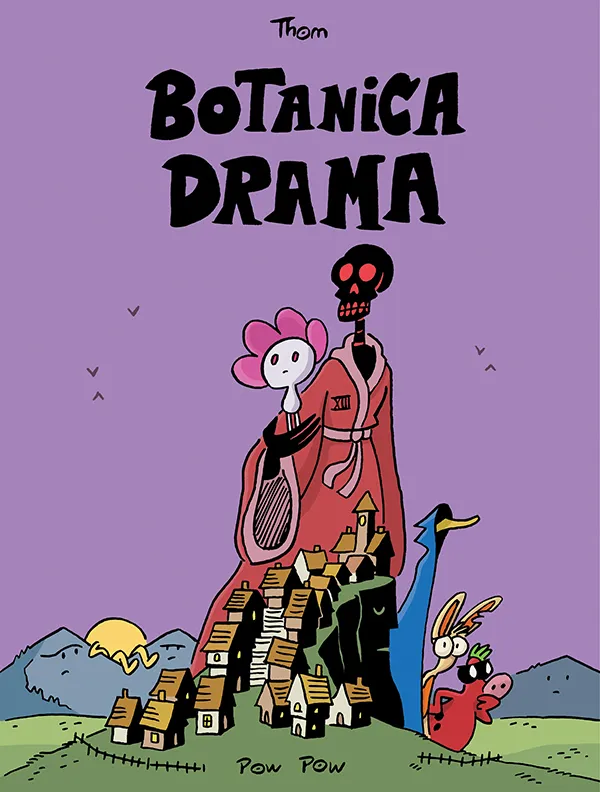Unfortunately when the biological clock goes off, there is no snooze button, and thirty-something Fanny, a freelance graphic artist, knows this all too well. While she obsesses about having children, her pragmatic partner, Fabien, thinks that saving more money should be their first priority. Fanny’s urgent need to nurture takes her down a comical yet realistic path in Yves Pelletier’s Fanny & Romeo. The Quebec director, actor, and comedian of Rock et Belles Oreilles fame has teamed up with award-winning artist Pascal Girard to create this modern-day love story, set in a small Quebec town.
Many women who have worked on their careers in their twenties with the hope of starting a family in their thirties will readily identify with Fanny and her uncontrollable urge to reproduce and dote. Fanny not only prepares Fabien a full breakfast but also packs the allergy-prone real estate agent a peanut-free lunch. To make matters worse, their bungalow looks onto a street inhabited by young boys playing road hockey, with an ever-present golden retriever bounding back and forth. It’s all too much for a wannabe mother.

Fanny & Romeo
Yves Pelletier
Translated by KerryAnn Cochrane
Illustrated by Pascal Girard
Conundrum Press
$20.00
paper
130pp
978-1-894994-65-1
Yves Pelletier has penned a story that will resonate with many people. We all know someone who wanted children but for what- ever reason had to settle for a dog or cat. Fanny’s obsession with Romeo – her doting on him, bathing him, and taking him in a backpack to sit on Santa’s knee – is funny, particularly because we all know a few crazed cat lovers who would do this if kitty would allow them. However, Pelletier uses a third-person objective narrator, which pre- vents the reader from knowing Fanny’s thoughts and, consequently, from establishing a connection with the character. As a result, Fanny’s character is flat when it could have easily been fleshed out with a few more thought balloons or some interior monologue. In the end, the story comes across as the first draft of a great idea.
In terms of graphic elements, Pascal Girard has produced some nice water-colours, particularly some great establishing shots. But there is a heavy reliance on the six-frame page, which at times becomes monotonous. In addition, too many of the frames are medium close-up and medium-long shots, which further create a distance between the characters and the reader. A few more close-ups zeroing in on expressions would have added some variety and necessary detail. Finally, the architectural style of the bungalow, the town centre, and the apartment of Fanny’s friend felt more like the South Shore of Montreal than a small town. Instead, readers can tell it’s a small town by the sheer number of times Fanny unwillingly runs into Cedric.
Overall, Fanny & Romeo is a good story with solid graphics, but the reader can sense that the writer and artist did not work closely together on this. As a result, this album does not reflect the talent of either artist, whereas closer collaboration would have probably yielded something truly remarkable. mRb






0 Comments